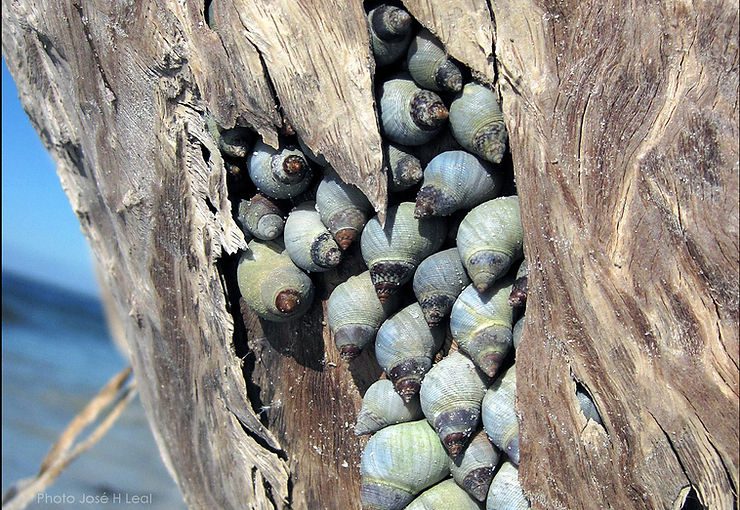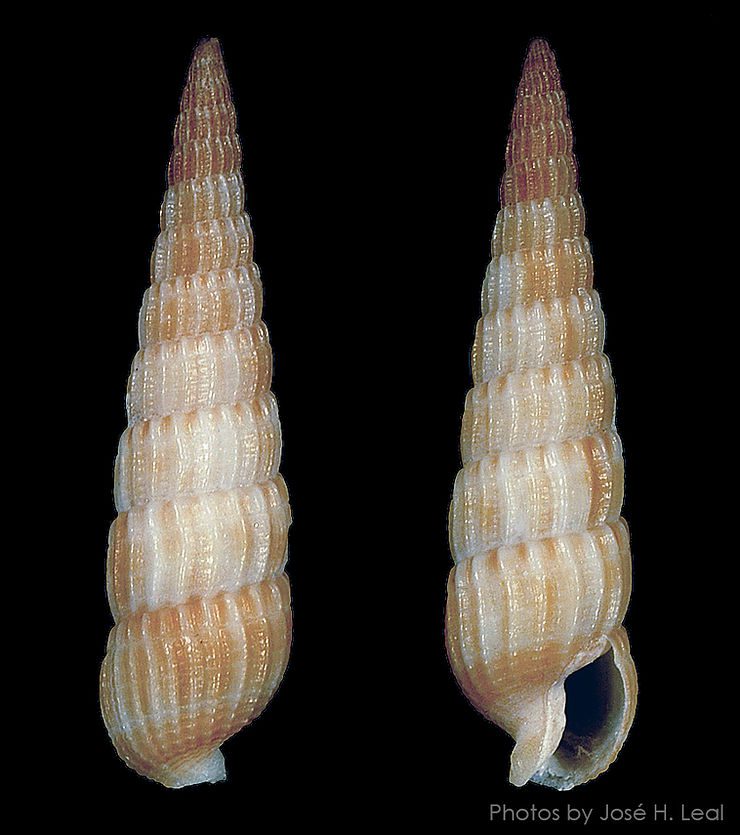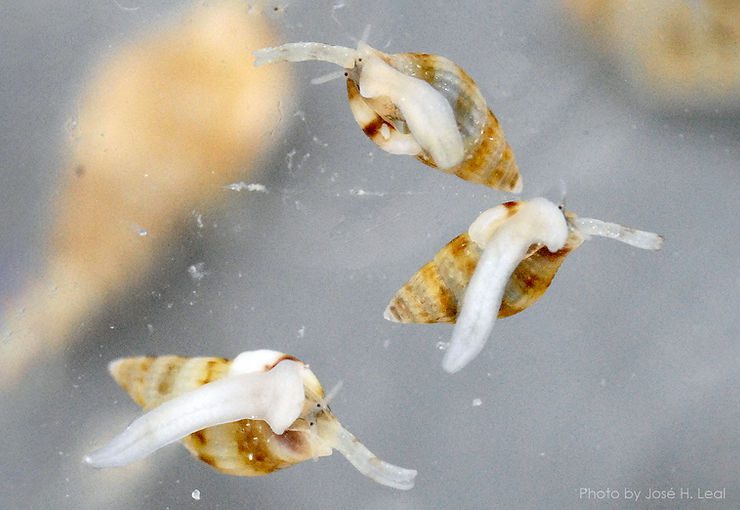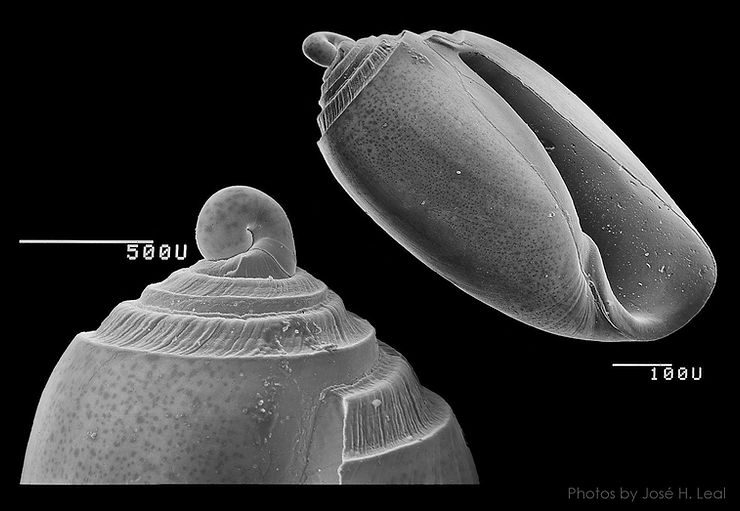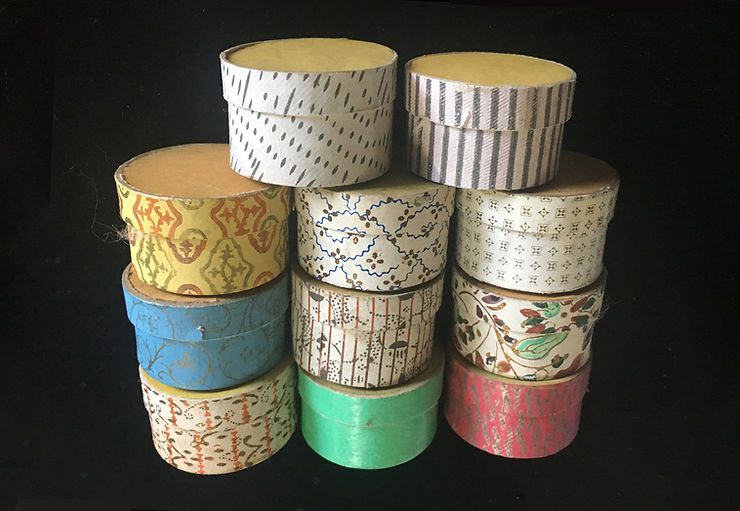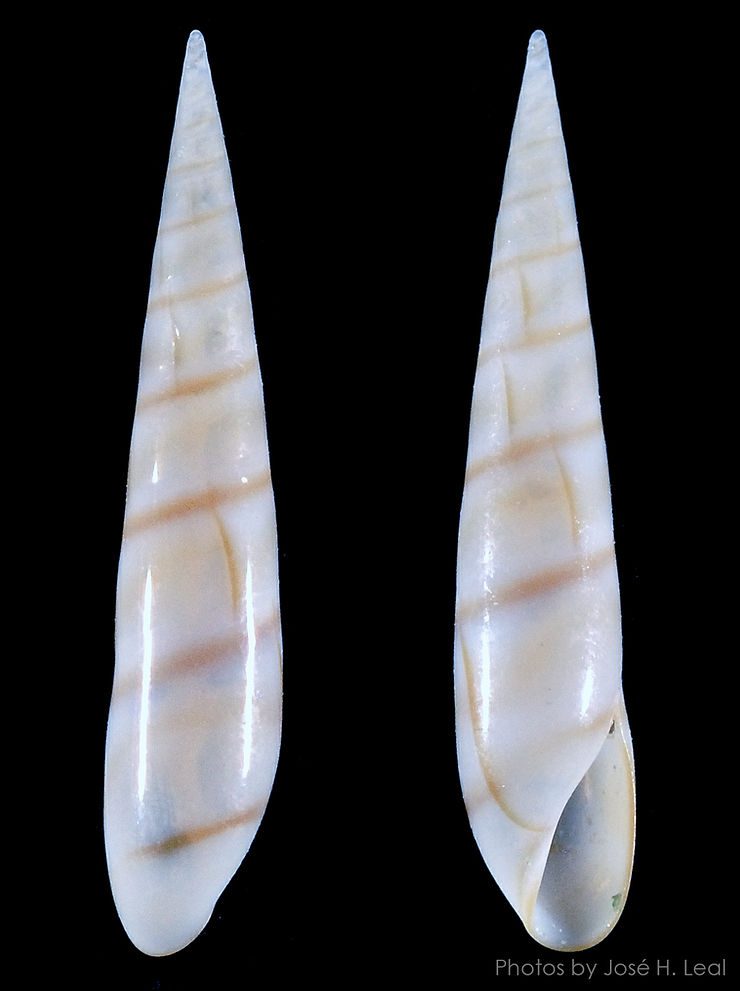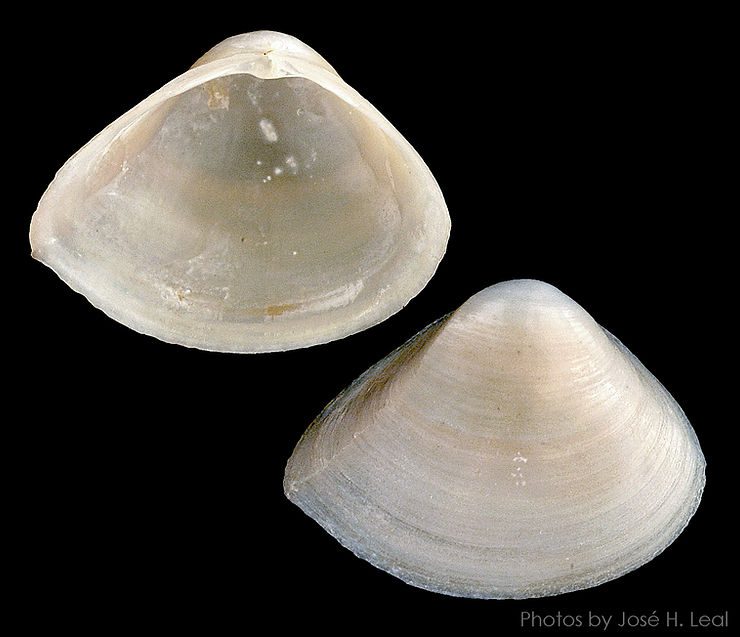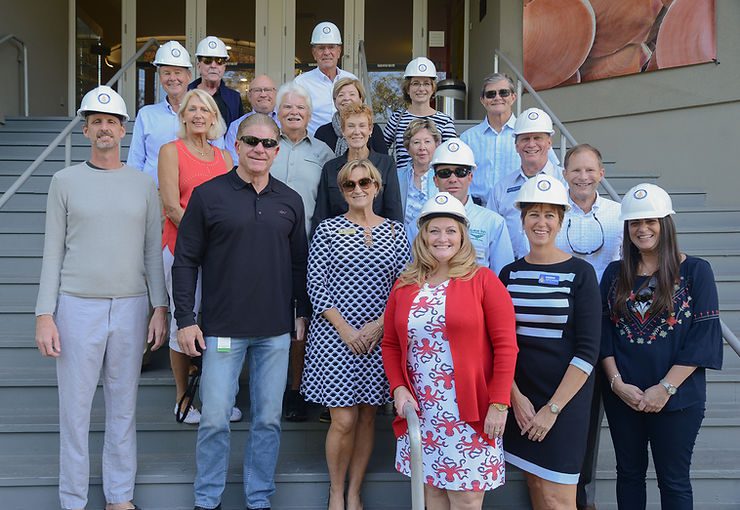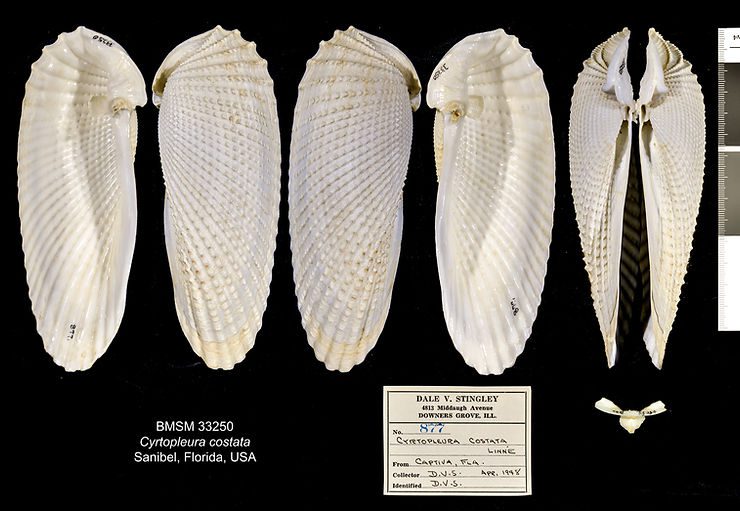
Digital Imaging Project Launched
Last week the Museum hired photographers and computer graphics professionals James Kelly and Damon May, launching the core phase of its Institute of Museum and Library Services (IMLS)-sponsored Digital Imaging Project. James and Damon started photographing materials from our collection for online posting, as part of an endeavor that will make available about 9,200 collection lots (holdings) to researchers, aficionado(a)s, citizen scientists, students, and anyone interested in examining the imag
